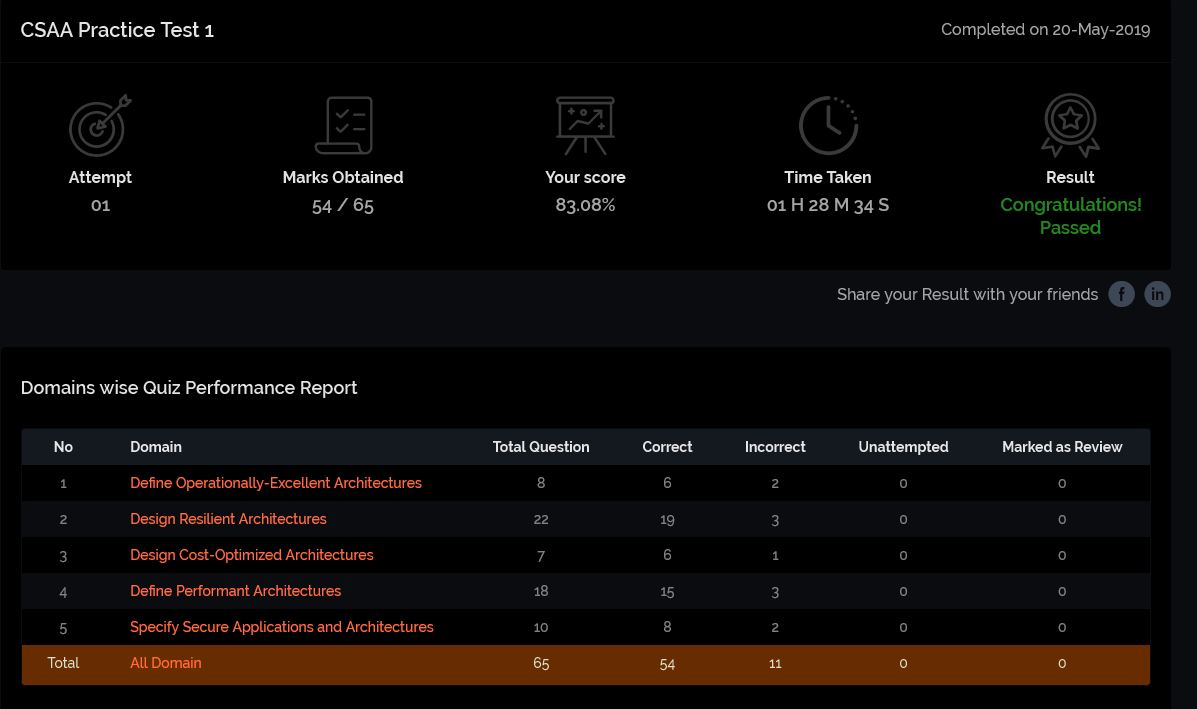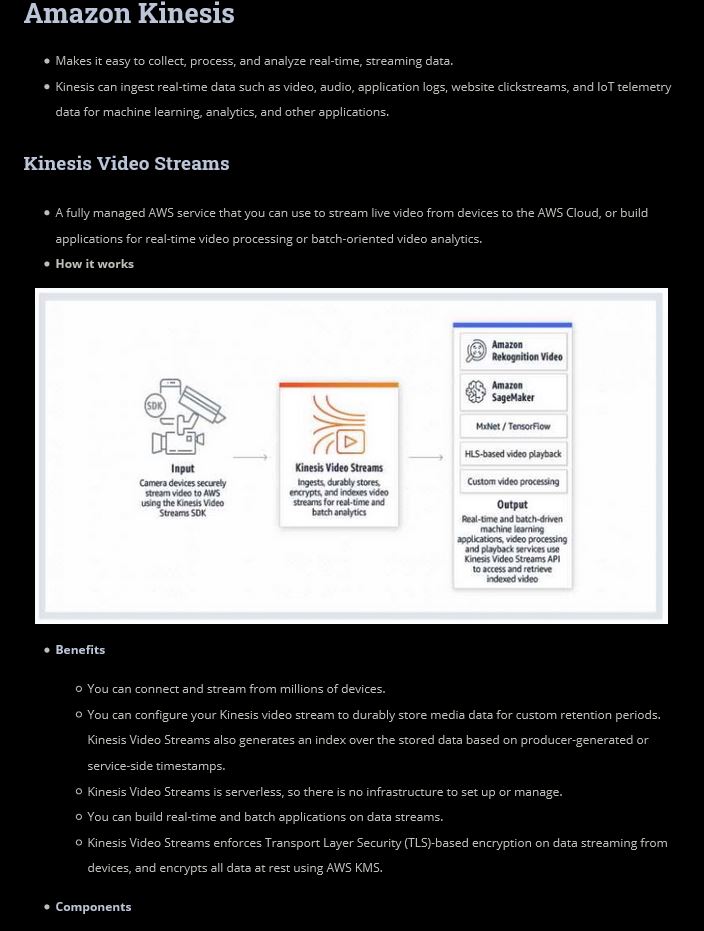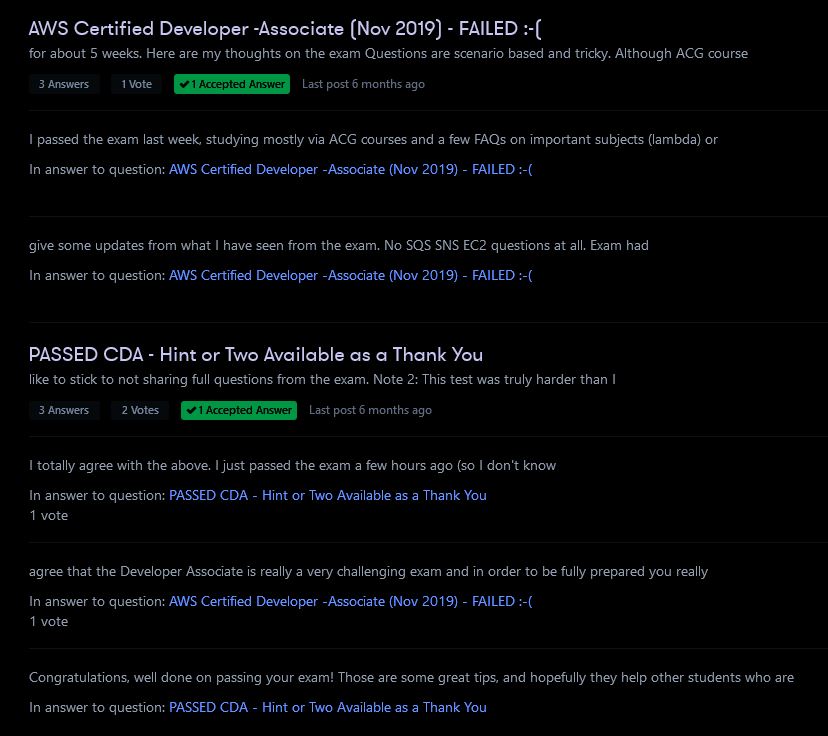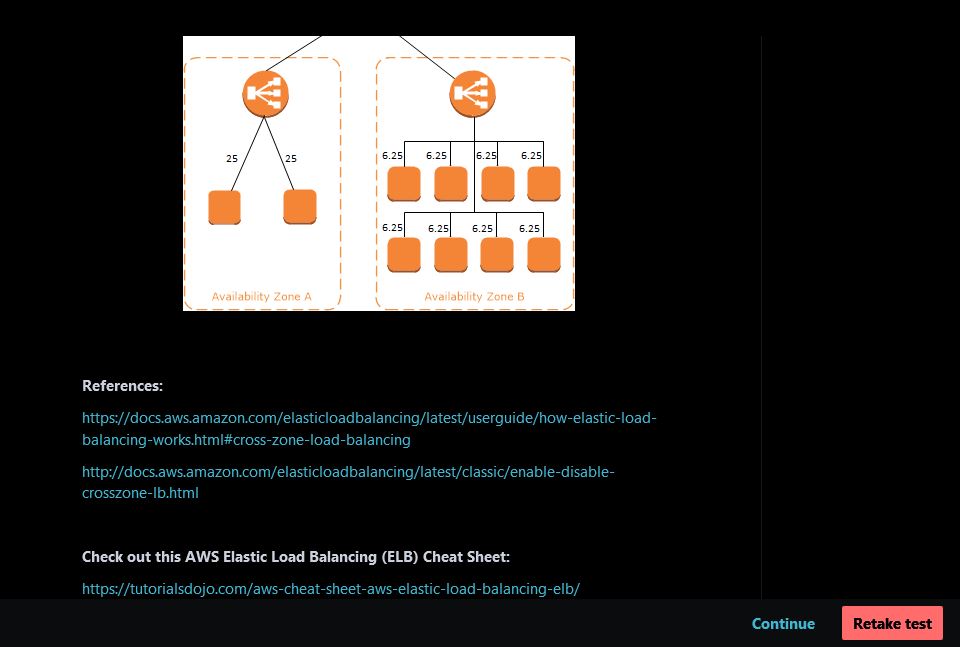By Andreea Dogaru – BI Engineer
In the first six months of my job, I was very much confused when everyone around me was referencing terms like compute, KMS, EC-2 or Snowball. Instead of drowning in my confusion, I decided to embark on my AWS Associate Certification journey. This was after I got through my Snowflake and Tableau training,
Solutions Architect Experience
I purchased the A Cloud Guru Solutions Architect course from Udemy and started immersing myself in concepts. Having heard of some of these before I had no idea what anything really meant. I started reading articles, watching videos, researching documentation, pondering new ideas over and practising in the AWS console. The mental preparation, which involved not losing motivation and gaining confidence, also mattered a lot. It took me five months to feel I was ready to book, sit and pass the exam. In the end, I was very confident in my knowledge before and during the exam. I even found the exam rather easy and finished ahead of time.
Materials for Solutions Architect
I started with A Cloud Guru’s course and took plenty of notes. At the time when I purchased the course, there were two versions available, 2018 and 2019. The 2018 version had way more material than required for the exam. It helped me build a solid foundation on the technologies employed by AWS. The 2019 version was a lot briefer as it focused mainly on exam topics. I used this version for revision before the exam.
After finishing the course, I dug into the sample questions, which are a good start to get a feel for how the exam is going to be. Wanting more practice questions, I came across the Whizlabs practice tests, which turned out to be very close to the exam in format and question similarity. Upon completion, the tests also produce a full report with the breakdown of the answers, as shown below. I scored between 75%-90% on these practice tests, which reflected the score I got in the actual exam. In the meantime, Tutorials Dojo has also released practice exams which I would recommend.

Other Resources: AWS Associate Certifications
Another resource that I used was the official exam guide, which lists all the whitepapers that should be read. Reading whitepapers helps not only with understanding AWS but also with passing the exam. One or two exam questions can only be answered using the information presented in the whitepapers.
For this exam only, I also read the FAQs of the main services featured in the exam like EC-2, SQS, S3 etc. People who have taken the exam before me kept recommending it. While the FAQs helped me understand AWS, they had little influence on my passing the exam.
I would recommend spending 70% of the time/focusing on the course and hands-on experience. The exam includes a variety of topics, most of which are likely to be new for an AWS beginner. They are therefore a solid foundation on AWS services. The remaining 25% could be spent on practice exams and 5% on reading whitepapers/FAQs.
SysOps Experience
Once I’d gone through the solutions architect preparation and exam, the second challenge i.e. the SysOps exam was much easier to get through. This is because the majority of the exam topics were already familiar to me. Overall, I spent about a month preparing before passing the exam. The SysOps exam was also one of the three I thought was the hardest. I found myself at the examination centre with five minutes left thinking there was a 50% chance I would fail. While in the Solutions Architect exam, I did not change any of my answers when checking all the exam questions at the end. This was after answering them the first time. I ended up changing quite a few of my answers to the questions I flagged in the SysOps exam.
In the end, I had flagged about a third of all questions i.e. over 20 questions that I kept coming back to, trying to decide between the two options I was unsure of which were very close to each other in meaning.
When the five minutes were over and after my completion of the exam experience questionnaire, I was relieved to see the Congratulations message on the screen. I had passed it! A day later I found out I had gotten 775/1,000. It turned out most of my hunches had been right.
Materials for SysOps
Being pleased with the A Cloud Guru’s Solutions Architect course, I got their SysOps course, which did not contain many sections and concepts I was not already aware of. After I finished the course, I took an official AWS mock exam and got 70%, which prompted me to want to take more practice exams. I first had a go at the official AWS sample questions, which was a good start, and then downloaded the Whizlabs practice tests but didn’t feel like these were a proper representation of the exam. I, therefore, did a search on LinkedIn and discovered Tutorials Dojo’s practice exams and cheat sheets. While going through the practice tests, every time I got an answer wrong that was related to a specific AWS service e.g. Kinesis, I would go to the link to the Kinesis cheat sheet given in the explanations of the correct answer.

I would recommend spending 40% of the time/focus on the course since there is a great overlap between the Solutions Architect and the SysOps exams and many concepts learned in the course would have already been familiar, while 40% could be spent on doing practice exams and 20% on reading additional materials like whitepapers and AWS documentation.
Developer Experience: AWS Associate Certifications
Not desperately wanting to repeat the SysOps exam experience, I felt like I needed more time and research to spend on the Developer exam preparation before actually taking the exam. I spent about two months preparing, which included doing more practice exams than I had done for the other two exams (see below). As by the end I was scoring 90% on average in the practice exams, I was under the impression that the Developer exam was going to be a piece of cake. Walking with this mentality to the exam, I soon found out the actual exam was harder than I first thought. There were a few tricky questions c.f. the practice exams I had come to master.
While answering the questions, I knew I was going to pass but I also knew my score was not going to reflect the scores seen in the practice exams. This turned out to be true as my score was very close to the one I got in the Solutions Architect exam.
Materials for Developer
I started with Stephane Maarek’s course which is exam-focused. Unlike the A Cloud Guru courses, which are more focused on building a broad background on exam topics, Stephan manages to include mainly the essential information needed for passing the exam. Just like with the other two certifications, I did the AWS sample questions, read the recommended whitepapers and took notes. Tutorials Dojo’s practice tests did a good job to prepare me for the exam but the questions in the actual exam were slightly harder.
I read the A Cloud Guru’s forum exam feedback from people who passed/failed the exam, as outlined below, and used it in conjunction with the AWS documentation to take in and note down the information I did not already know.

As the developer course introduces new sections like CI/CD, which are essential in the exam, I recommend spending 50% of the time/focus on doing the course and practising in the AWS console. 40% can then be spent on practice exams, and 10% on reading whitepapers/AWS documentation.
Exam preparation technique – for AWS Associate Certifications
When answering practice questions with no prior knowledge, I usually looked up the AWS service it was referring to. I would read the information related to the question, note it down and then answer the question. Notes were an important part of my AWS learning. All the new notions that I came about, be it in a course, a practice exam, a whitepaper, AWS FAQ or any other AWS documentation page I started reading, I scribbled down in my notebook. I went over them several times until I felt confident I knew them by heart. Making use of visual memory can help. You can train yourself to do it, by learning the art of mnemonics.
For example, I can picture myself in a subway with an internet cable in my hand. I then go through a gate and get outside, where I see a sign with different routes and a group of security cameras. In this way, I can remember some VPC features like subnets, internet gateway, route tables and security groups.

Tools and Reading for the AWS Associate Certifications
I used Tutorials Dojo’s cheat sheets along with their practice tests. By reviewing the questions I got wrong, reading comprehensive explanations and jotting down the information I didn’t know. I also visited the AWS cheat sheet to understand the service in question. If I felt the explanations were insufficient, I clicked on the linked AWS documentation and read what AWS had to say. An example of this can is below.

If having a voucher for taking an official AWS practice test, I recommend using it. I can’t stress enough that the official practice test is much easier than the actual exam. If getting 95% in the practice exam, expect a score of around 80% for the exam. This is because the level of difficulty increases in the real exam.
Finally, using one form of preparation i.e. doing one A Cloud Guru course is never enough. Even if the course has a 4.9 rating. A combination of the resources will, instead, guarantee passing the exam.
Exam Focus
The Solutions Architect exam is the broadest associate exam, covering many AWS services at a very high level. Get familiar with the services that might come up in the exam by being hands-on in the AWS console. It helps with understanding what each service does, which is essential. This is especially true since the exam will trick you with answers that specify services you may not have heard of. There is some overlap between the Solutions Architect and the SysOps exam, which, in addition to concepts featured in the Solutions Architect exam like high availability and storage management, focuses (more) on security, compliance, monitoring, troubleshooting and reporting. These are not particularly easy topics to grasp. Even more so without work experience resources like KMS, which might not feature in the hands-on SysOps courses.
In this case, reading as much of the documentation as possible helps you to identify the right answer to an exam question. The main SysOps domains are also featured in the Developer exam but the emphasis of the Developer exam is put on AWS development services like CodeCommit, CodeBuild, CodePipeline, CodeDeploy, Elastic Beanstalk, and CloudFormation, as well as on serverless services like Lambda and DynamoDB. There is plenty of practice in the Developer course that you can go through. You can then test your knowledge via the practice tests.
Time Matters
I mentioned the time it took me to prepare for each of the AWS Associate Certifications. This will depend on how many hours are spent every day going through the materials. It is probably going to be different for other people and situations. In my case, I was (mostly) working full-time on client work. On average, I spent one hour on a weekday, and a few hours over the weekend preparing for each exam.
Future Matters: AWS Associate Certifications
Learning AWS has made me more confident and knowledgeable when it comes to the range of different services AWS offers. It has also made me more interested in the data engineering side of cloud architecture.
Looking for more top tips? Check out our Matillions Associate Certification blog here.



